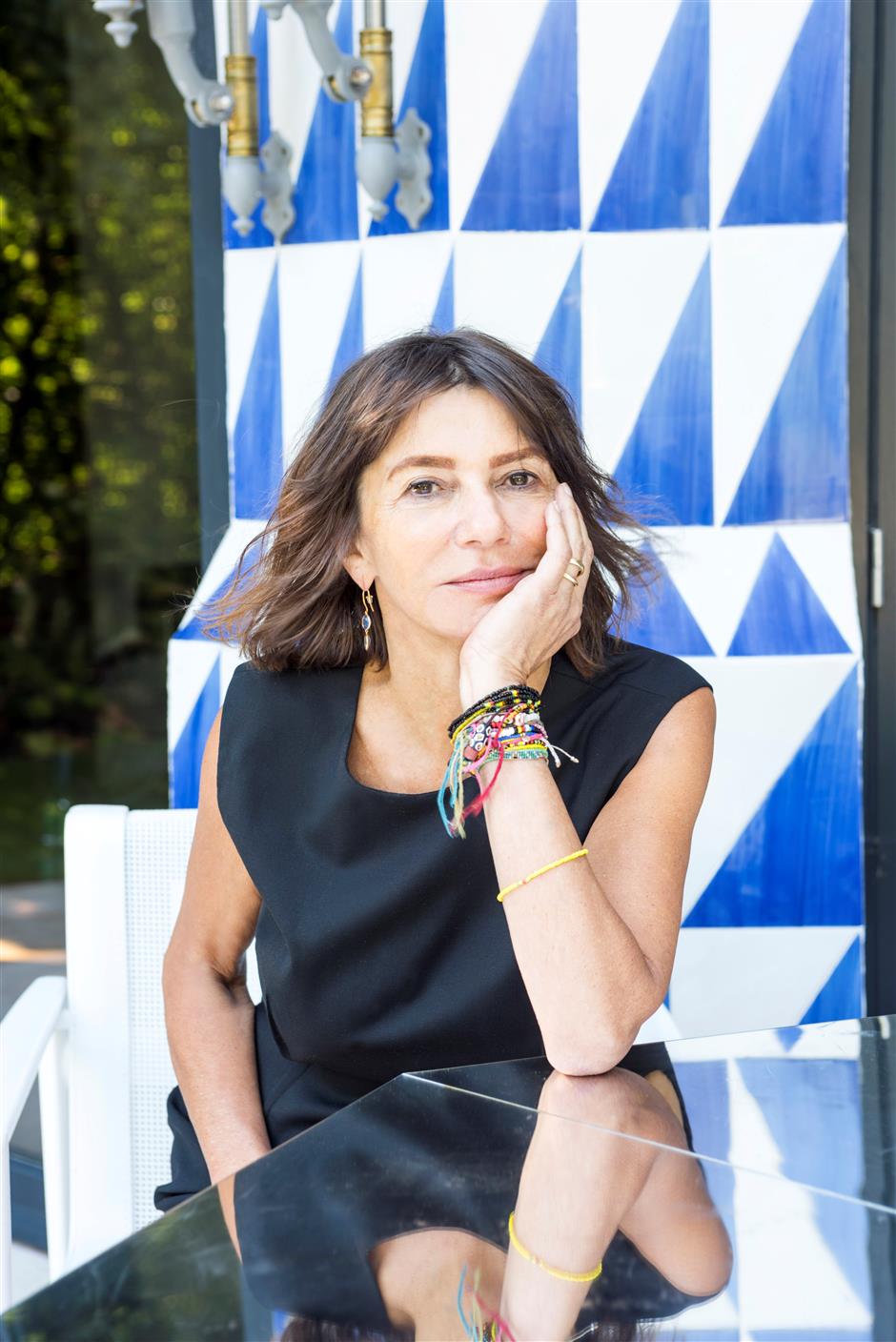Shaping tradition into contemporary design

Who is she?
Annabel Karim Kassar is a French-Lebanese architect, designer and founder of AKK Architects with offices in Beirut, Dubai and London. She attended the School of Architecture at Ecole des Beaux-Arts in Paris, graduated DPLG (Diplome Par Le Gouvernement) and is a member of Royal Institute of British Architects.
Kassar is highly structured, extremely logical and rigorous. She has a scientific background and, at the same time, constantly asks herself questions, takes adventurous risks and researches new ideas.
Tell us some of your works, and name the one you are most proud of?
I have won numerous awards and competitions for large-scale projects and installations from a competition to redesign the cinema in Downtown Beirut Souks, to the Camera Chiara installation at Milan Design Week 2015 and Mezzing in Lebanon, the Pavilion of Lebanon was awarded the first prize at the inaugural London Design Biennale in 2016.
One of my favorite projects is a multipurpose commercial-build project called Translucent Factory Office Building in Chengdu, China. This project incorporates natural elements within the architecture and the landscaping is a take on the ancestral gardens of Chengdu.
Are you currently involved with any project?
A traditional house in Beirut, Lebanon, recently shortlisted for the World Architecture Festival’s Future Projects Awards 2019 and Al Zorah Golf Club in Ajman (architecture and full FF&E).
It is part of the city’s redevelopment and consists of a community clubhouse and residential villas and is designed with a very sensitive approach, working with the site’s existing elements, which are the neighboring mangroves and the views.
Describe your design style?
My openness to culture, tradition and innovation, rather than a signature “look” or style. Like anything new or innovative, I am partly inspired by what came before.
I am intrigued by transforming tradition and memory into contemporary designs and I am not afraid of doing things differently.
Every space should be beautiful, even the insides of cupboards.
Where are you most creative?
Each cultural experience has influenced and enriched my creative process, particularly with regard to each place’s craftsmanship, skills perfected over the centuries.
I like to mix up these influences, using a palette of vibrant colors, ornamentation, contrasting textures and materials, with finely tuned lighting.
I radically rethink the functionality of living and working interiors, to reinforce the connectivity of the occupants with the place. There can be no future without the past.
What does your home mean to you?
I have lived and worked in many countries: France, Lebanon, Great Britain and the UAE — I don’t have a home — it’s not what I am looking for.
What do you collect?
Paper. I love painting, writing, designing and reading.
Where would you like to go most in Shanghai?
The Heatherwick Studio’s 1,000 Trees split across two sites beside the city’s M50 arts district.
What will be the next big design trend?
In this disconnection with normal life, there is a social and cultural shift by the re- introduction of a greener city look. A sustainable future and increasing biophilic design as nature’s solutions will play an important role in recovering from the current emergency.
Design will be about comfort and freedom and the use of natural materials.
There will no longer be any boundaries. Influences from all over the world will be mixed.
















